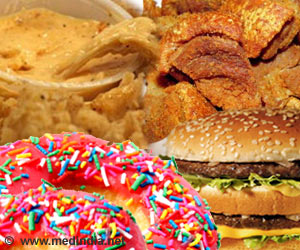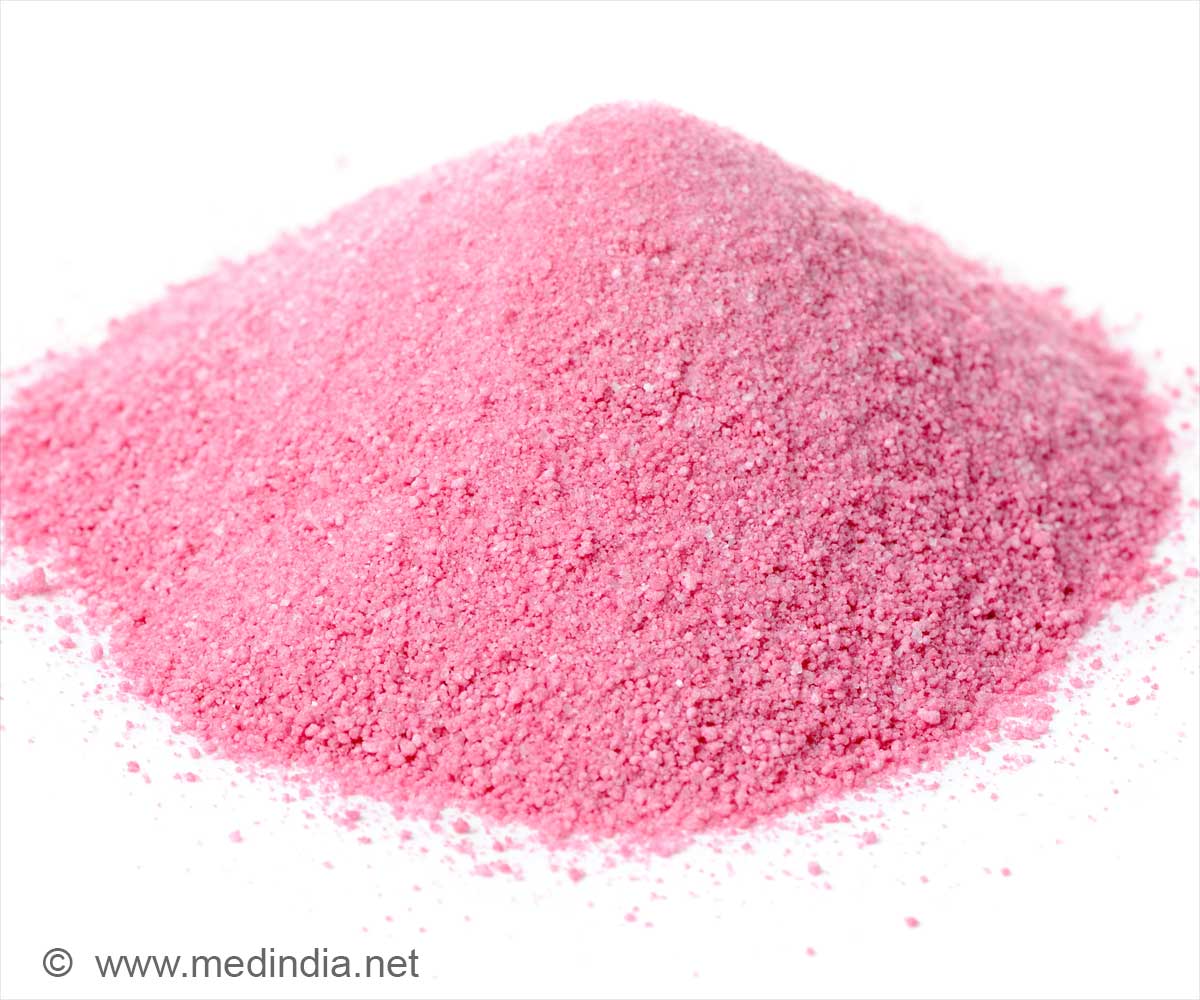Separate experiments using brain tissue from aging mice showed a high-fat diet may lead specific brain cells to overdo cell-signaling management in a way that interferes with the creation of new memories.
The same lab found in an earlier study in aging rats that a diet of highly processed ingredients led to a strong inflammatory response in the brain that was accompanied by behavioral signs of memory loss – and that DHA supplementation prevented those problems.
Advertisement
“The cool thing about this paper is that for the first time, we’re really starting to tease these things apart by cell type,” said senior author Ruth Barrientos, an investigator in Ohio State’s Institute for Behavioral Medicine Research and associate professor of psychiatry and behavioral health and neuroscience in the College of Medicine.
“Our lab and others have often looked at the whole tissue of the hippocampus to observe the brain’s memory-related response to a high-fat diet. But we’ve been curious about which cell types are more or less affected by these saturated fatty acids, and this is our first foray into determining that.”
The study was published recently in the journal Frontiers in Cellular Neuroscience.
For this work, the researchers focused on microglia, cells in the brain that promote inflammation, and hippocampal neurons, which are important for learning and memory. They used immortalized cells – copies of cells taken from animal tissue that are modified to continuously divide and respond only to lab-based stimulation, meaning their behavior may not precisely match that of primary cells of the same type.
Researchers exposed these model microglia and neurons to palmitic acid, the most abundant saturated fatty acid in high-fat foods like lard, shortening, meat and dairy products, to observe how it affected gene activation in the cells as well as functioning of mitochondria, structures inside cells that have a primary metabolic role of generating energy.
Results showed the palmitic acid prompted gene expression changes linked to an increase in inflammation in both microglia and neurons, though microglia had a wider range of affected inflammatory genes. Pre-treatment of these cells with a dose of DHA, one of two omega-3 fatty acids in fish and other seafood and available in supplement form, had a strong protective effect against the increased inflammation in both cell types.
“Previous work has shown that DHA is protective in the brain and that palmitic acid has been detrimental to brain cells, but this is the first time we’ve looked at how DHA can directly protect against the effects of palmitic acid in those microglia, and we see that there is a strong protective effect,” said Michael Butler, first author of the study and a research scientist in Barrientos’ lab.
When it came to the mitochondria, however, DHA did not prevent the loss of function that followed exposure to palmitic acid.
“The protective effects of DHA might, in this context, be restricted to effects on gene expression related to the pro-inflammatory response as opposed to the metabolic deficits that the saturated fat also induced,” Butler said.
In another set of experiments, the researchers looked at how a diet high in saturated fat influenced signaling in the brains of aged mice by observing another microglial function called synaptic pruning. Microglia monitor signal transmission among neurons and nibble away excess synaptic spines, the connection sites between axons and dendrites, to keep communication at an ideal level.
Microglia were exposed to mouse brain tissue containing both pre- and post-synaptic material from animals that had been fed either a high-fat diet or regular chow for three days.
The microglia ate the synapses from aged mice fed a high-fat diet at a faster rate than they ate synapses from mice fed a regular diet – suggesting the high-fat diet is doing something to those synapses that gives the microglia a reason to eat them at a higher rate, Butler said.
“When we talk about the pruning, or refinement, that needs to occur, it’s like Goldilocks: It needs to be optimal – not too much and not too little,” Barrientos said. “With these microglia eating away too much too soon, it outpaces the ability for these spines to regrow and create new connections, so memories don’t solidify or become stable.”
From here, the researchers plan to expand on findings related to synaptic pruning and mitochondria function, and to see how palmitic acid and DHA effects play out in primary brain cells from young versus aged animals.
This work was supported by grants from the National Institute on Aging and the National Institute of Dental and Craniofacial Research. Additional co-authors, all from Ohio State, were Sabrina Mackey-Alfonso, Nashali Massa and Kedryn Baskin.
Source: Eurekalert



